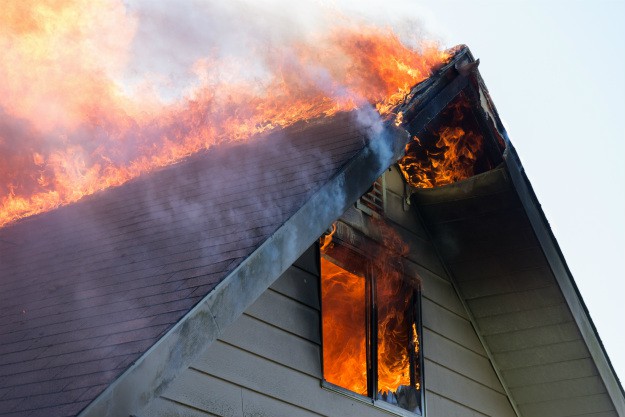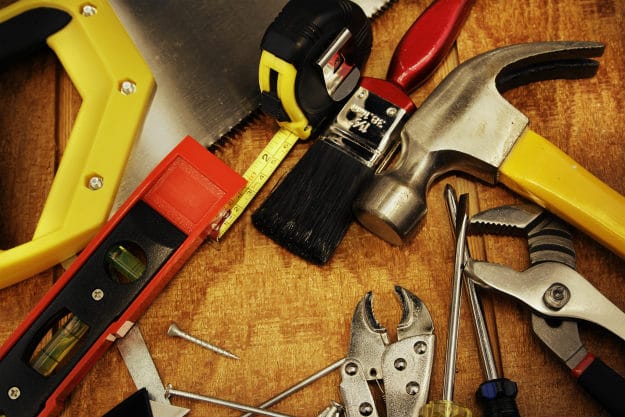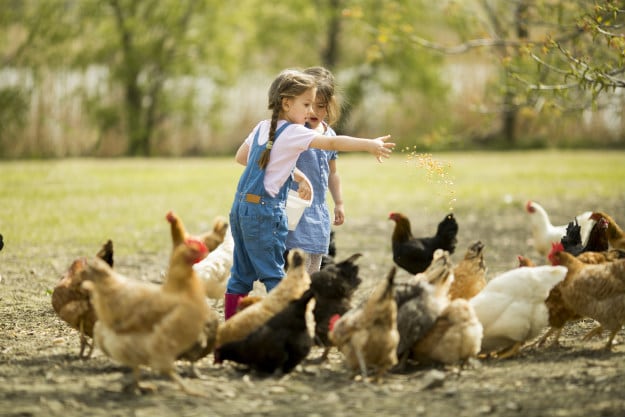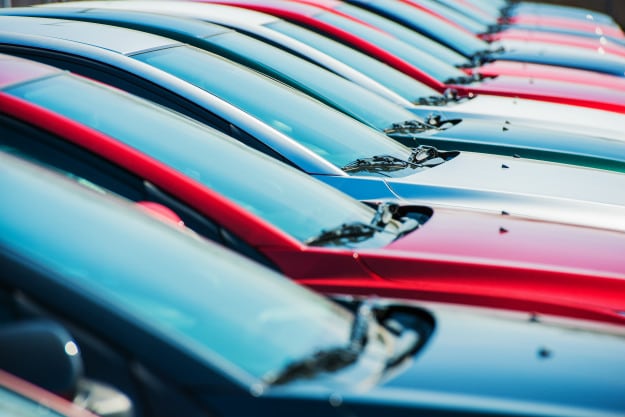Experts say you should put 20% of your income into a savings account every month. For some of us, that’s darn near impossible after paying the bills, but that doesn’t mean we shouldn’t attempt to save money at all. Even the smallest amount is worth something at the end of the day.
Homesteaders Should Save Money This Spring
Before you do anything else, you’ll need to document your budget. Knowing how much you make and spend each month is the first guideline for saving. You can do this a number of ways, from pen and paper, to excel spreadsheets, to popular online budgeting tools — whatever makes most sense to you. Once you’ve recorded your budget, you’ll know how much you have leftover to put in savings.
But what should you be saving for? And how much should you be setting aside for it?
Emergencies
Establishing and maintaining an emergency savings fund should be your top priority. Unexpected setbacks (such as job loss or expensive medical bills) can leave you scrambling to make ends meet — and ultimately put you into debt. It’s especially important not to count on credit cards to cover emergencies as the high interest rates can make your purchases cost thousands more in the long run. Using cash to pay off these unforeseen expenses will save you both money and stress.

Financial experts used to recommend saving three to six months’ worth of living expenses for an emergency fund. However, after the recession and the high unemployment rates that followed, they changed it to six months (at the very least) — 12 months if you can manage it. This substantial amount ensures that you’ll be able to keep your head above water no matter what happens.
If you haven’t started saving yet, this can sound like an impossible goal. The trick is to keep working toward it — again, every little bit counts. It helps to break it up into smaller goals, such as one month’s salary at a time, and then celebrate when you reach the milestones! Once you’ve established your emergency fund, you’ll find a lot of peace in knowing that you have enough money to stay financially safe in a time of need.
What’s more, once you’ve successfully built your emergency fund, you’ll have also developed a habit. This habit will allow you to continue saving toward other financial goals, such as the ones listed below. Just remember, your emergency fund should always come first!
Home Repair
If this is the first home you’ve owned (that is, you’ve only rented before), you’ll find that being responsible for all maintenance and repairs is not only irritating, it can also eat through money like nobody’s business. That’s why putting aside money for home repairs is so important. You just never know when your siding might start to crumble or your furnace may give up the ghost.

When it comes to maintenance and repair costs, the best rule of thumb is to budget one dollar per square foot, per year. That means that if you own a 1,500 square foot home, you should save $1,500 a year. While you may not necessarily spend $1,500 every year, there will be years where big ticket items (such as your roof) need repairs.
Though the square foot idea is a reasonable estimate, it’s not perfect. There are many additional factors that may increase the likelihood and frequency of repairs. The age and condition of the house, it’s location, and the type of weather it is exposed to can all influence the need for repairs. For each of these factors that adversely affect your home, add an additional 10 percent to the square footage rule.
For example, if you own a 2,500 square foot house built at the turn of the 20th century, and it’s located in an area that experiences heavy snowfall in the winter, you’d add 20 percent to $2,500. That comes out to $3,000 a year. While that’s definitely a hefty chunk of change, the tax benefits of these repairs can help to offset these costs.
Animals
Adding animals to your homestead is often a worthwhile investment — whether you sell what they produce or keep them purely for self-sustainability. However, before you start bringing home chickens and goats, you’ll want to set money aside to cover a variety of costs.

Besides the purchase price of the animal, you’ll need to save for their housing, food, and care. The money you put down initially is just the start. Continuing food and veterinary needs will have to be calculated into your budget. Different animals have different needs, and it’s your job to know what those needs are before you commit to raising them.
New Vehicle
As we all know, buying a car is a big deal — not only because it’s exciting, but also because it’s a huge financial commitment. The average price of a new car is $33,453, and a reliable used car averages at $18,100. However, if you need to upgrade so you can haul horse trailer or hay, you don’t have much of an option. It has to be done.
When budgeting for a new car, you’re most likely going to be budgeting for an auto loan. The general rule of thumb is that no more than 20% of your monthly income should go to your car loan payments. However, if you already have a lot of expenses, and there isn't much you can cut from your budget, that number should go down to 10-15%. Determining how much you can realistically afford — and buying within your means — is incredibly important.

Furthermore, the larger down payment you can make, the better. With fewer total payments in the life of the loan, you’ll pay a lot less in interest. Just like buying a home, aim to save 20% of the price of the car for the down payment.
Once you know what you can afford and have found a few cars that fit into your budget, you can start hitting the lots. The biggest thing to remember is this: don't let a salesperson push you around or into something you’re not looking for. Dealers will always try to sell you more car than you need — and when lenders let you borrow more than you can afford, you’ll find yourself in a bad situation. Be firm and insist the salesperson show you exactly what you’re looking for. If at any time in the process, you find that the monthly payments they project are getting out of hand, walk away.
It’s also important to note that a new (or used) car will cost more than just the purchase price. You will need a new registration, which usually runs from $50 to $125, depending on the age of the car. The newer a car, the higher the registration and insurance costs.
Vacation
Working on the homestead is hard — and you deserve a break every now and then! Start with where you want to go and how long you want to be gone. Then, collect information on what airfare (or gas) will cost, as well as hotels in the area. With a rough idea of how long you'll be gone, you can work out the estimated costs for food, rental cars, gas, souvenirs, and entertainment. Once you have a ballpark figure of how much money the trip will cost, you can start saving!

Determine how much money you have available to save each month, and how many months it will take you to save the necessary funds for your trip. Don’t forget to add in pre-trip costs, such as passports, travel insurance, and immunizations. When you have everything mapped out, you’ll have a vacation start date and can start the countdown!
When saving for anything, be it emergencies or vacations, the key to success is to stick to your plan. Augment your savings by cutting back where you can, from working to save energy (and thus lower your bills) to planning your meals and eating out less. Pay yourself first and always treat your deposits like any other bill — non-negotiable and subject to a schedule. If you do this, you’ll find yourself financially secure in no time. And that’s a feeling that beats just about anything.
Up Next: How To Grow Rainbow Corn | Glass Gem Corn
Follow us on Instagram, Twitter, Pinterest, and Facebook!
Do you have any other ways you save money on the homestead? Let us know in the comment section below.

Leave a Reply